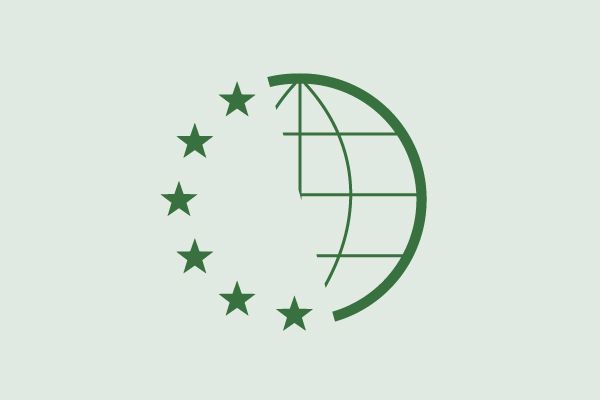International Climate Negotiations - COP

International climate negotiations have a long history. The United Nations Framework Convention on Climate Change (UNFCCC) was adopted at the so-called Earth Summit in Rio de Janeiro in 1992 and came into force in 1994.
Among other things, the Framework Convention provides for Conferences of the Parties (COP). These conferences, which are often referred to as "climate summits" or simply "COPs", are annual negotiations. The way they work is similar to that of a national parliament.
In an opening plenary session, in which each contracting party (including Austria) has one seat and one vote, the agenda of the conference is adopted. Subsequently, the substantive work is delegated to subgroups - "consultations" or "contact groups". During the conference, they work on negotiating texts, which are formally adopted at the end in a final plenary session. Resolutions require the consensus of all contracting parties.
The European Union and the Member States, including Austria, are independent contracting parties, but speak with one voice at the conferences on the basis of a harmonised European position.
In the history of international climate negotiations, some climate summits or COPs have been particularly significant: The first COP was held in Berlin in 1995. In 1997, the Kyoto Protocol was adopted at the COP in Kyoto. In 2015, the Paris Agreement was adopted at the climate summit in Paris.
The long-term goal of the 1992 Framework Convention is to "stabilise anthropogenic greenhouse gas emissions at a level that would prevent dangerous interference in the climate system". The agreement is the basis for international cooperation in climate policy, but it does not contain any specific greenhouse gas reduction targets.
Such specific greenhouse gas reduction targets were set in 1997 in the Kyoto Protocol and in 2012 in an amendment to the Protocol, but only for industrialised countries for the periods 2008 to 2012 and 2013 to 2020. The USA has never ratified this agreement. The biggest weakness of the Kyoto Protocol is therefore that it only commits a few industrialised countries to targets. However, the largest increase in greenhouse gas emissions in the last two decades has come from newly industrialising countries.
For this reason, intensive work on a new, comprehensive climate protection agreement began in the mid-2000s. In December 2015, the international community agreed on the Paris Agreement. The agreement marks a major breakthrough in international climate policy. Among other things, it stipulates that
- global warming is to be limited to 1.5 degrees Celsius compared to pre-industrial levels;
- global greenhouse gas emissions should reach their maximum as soon as possible and be reduced to (net) zero by the middle of the 21st century;
- all contracting Parties must submit and implement Nationally Determined Contributions (NDCs) to reduce emissions every five years; the ambition is to be continuously increased;
- adaptation to unavoidable consequences of climate change as well as to losses and damage from the climate crisis are also to be dealt with;
- financial flows are to be brought into line with the 1.5 degree target and the adaptation target; and
- measures in developing and newly industrialising countries are to be supported by means of international climate financing, technology transfer and capacity building.
All of these topics are also developed further within the framework of the annual climate summits. The thematic priorities of a COP are based in this context on the mandates and deadlines resulting from individual provisions of the conventions or from resolutions of preliminary conferences. For example, in accordance with Article 14 of the Paris Agreement, a global stocktake of climate policy worldwide is carried out every five years.
Contract texts
- United Nations Framework Convention on Climate Change (RIS)
- Kyoto-Protocol (RIS)
- Paris Agreement (RIS)